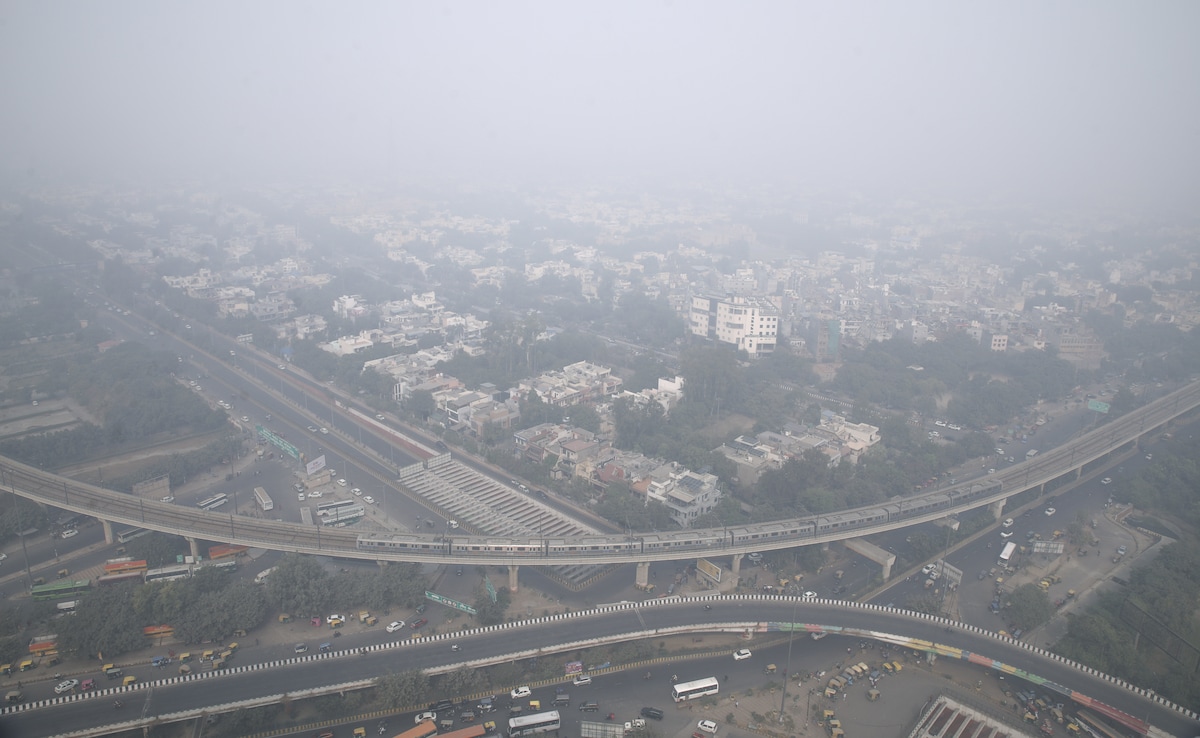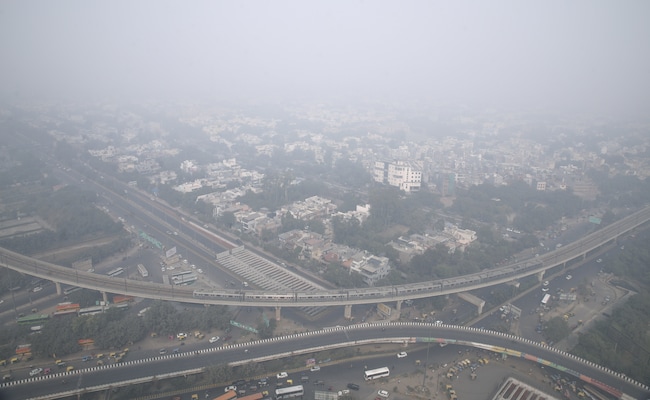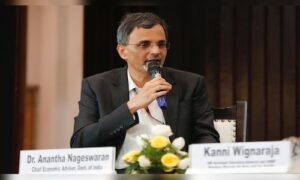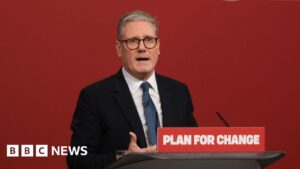

Pollution curbs have been eased in Delhi and its neighbouring areas after the air quality improved in the national capital region. The Commission for Air Quality Management (CAQM) – the body responsible for the prevention and control of air pollution in Delhi and its adjoining area – said that it has decided to “revoke Stage-4 and Stage-3 of GRAP (Graded Response Action Plan) in the entire NCR with immediate effect”.
The decision comes after the Supreme Court earlier today allowed the pollution control body to relax the stringent GRAP-4 curbs, noting the air quality index levels have been below 300 in the national capital since November 30. The Supreme Court bench, headed by Justice Abhay S Oka cautioned that the curbs should not go below stage-2 measures to deal with air pollution effectively.
The stringent curbs have now been replaced with GRAP Stages II and I restrictions, said the CAQM.
The top court also asked CAQM to impose GRAP-3 measures if the Air Quality Index (AQI) crosses 350 and GRAP-4 if it goes above 400 in the future.
An AQI between zero and 50 is considered “good”, 51 and 100 is “satisfactory”, 101 and 200 is “moderate”, 201 and 300 is “poor”, 301 and 400 is “very poor” whereas between the range 401 and 500, it is considered “severe”.
Stages 3 and 4 entail a ban on the entry of diesel-run medium and heavy vehicles (BS-IV or below) registered in Delhi – except those carrying essential goods.
While under Stage 2, restrictions such as a ban on the use of coal and firewood, including tandoors at hotels, restaurants and open eateries, as well as the use of diesel generator sets – except for emergency and essential services – remain in force in the National Capital Region (NCR). All construction and demolition activities, including public infrastructure projects like highways, flyovers and pipelines, are also banned.
Earlier on Monday, the Supreme Court refused to tinker with the applicability of GRAP-4 measures, it allowed the relaxation today after additional solicitor general Aishwarya Bhati, representing the CAQM, said the AQI level showed a downward trend largely due to meteorological and geographical conditions.
She urged the court to ease the restrictions as it was affecting the livelihood of many and suggested hybrid restrictions, which are combinations of stage 3 and stage 4, should be enforced.
Delhi’s air quality started dropping on October 30 when it entered the “very poor” category. The AQI consistently remained in the “very poor” range over the next 15 days with readings above 300.
The air quality dipped further in the second half of November with the AQI levels exceeding 400. It improved slightly in December due to strong winds.



